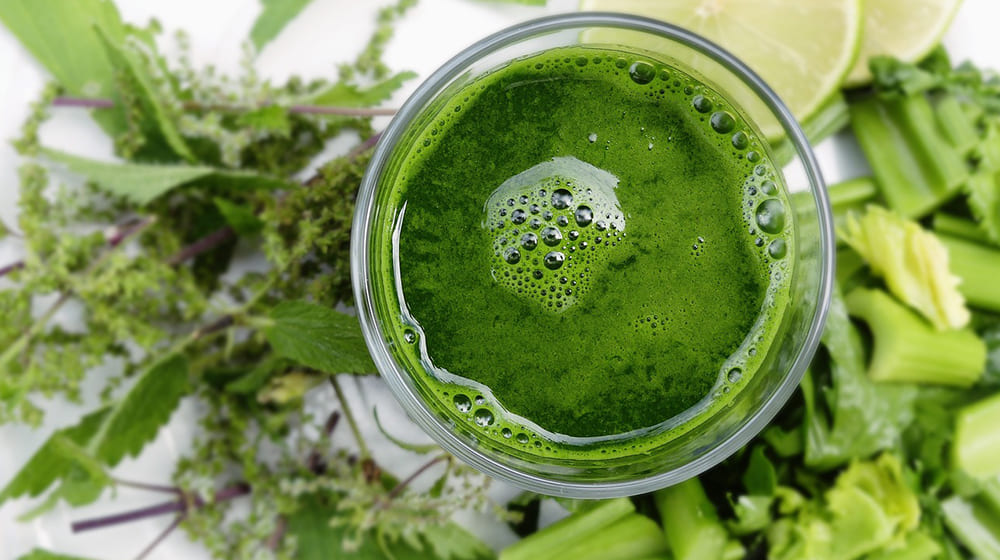In Ayurvedic medicine, the doshas – Vata, Pitta, and Kapha – represent the three fundamental energies that govern our physical and mental health. These energies are composed of the five elements: space, air, fire, water, and earth. When these doshas are in balance, we experience optimal health and well-being. However, imbalances can lead to various health issues, including digestive problems, mood swings, and chronic diseases.
The Role of Diet
Diet plays a crucial role in maintaining dosha balance. Ayurveda categorizes foods into three qualities: Sattvic, Rajasic, and Tamasic. Understanding these qualities can help you make informed food choices to support your overall health.
- Sattvic Foods
These foods are pure, calming, and promote clarity and contentment. They are rich in nutrients and easy to digest. Examples include fresh fruits, vegetables, whole grains, legumes, nuts, seeds, and ghee.
- Rajasic Foods
Rajasic foods are stimulating and can increase mental and physical activity. While they can provide energy, excessive consumption can lead to restlessness, anxiety, and inflammation. Examples include spicy foods, caffeine, alcohol, and processed foods.
- Tamasic Foods
Tamasic foods are heavy, dulling, and can lead to lethargy and depression. They are often stale, overcooked, or difficult to digest. Examples include red meat, processed meats, refined sugars, and excessive amounts of dairy.
Balancing Your Doshas Through Diet
To balance your doshas, it’s essential to consume a diet that is predominantly Sattvic. However, the optimal diet varies depending on your unique constitution. Here are some general guidelines:
- Vata : If you have a Vata imbalance, focus on warming, grounding foods like soups, stews, and cooked vegetables. Avoid raw, cold, and dry foods.
- Pitta : If you have a Pitta imbalance, opt for cooling, soothing foods like leafy greens, coconut, and sweet fruits. Avoid spicy, acidic, and fermented foods.
- Kapha : If you have a Kapha imbalance, choose light, easily digestible foods like whole grains, legumes, and bitter vegetables. Avoid heavy, oily, and sweet foods.
Additional Tips
- Mindful eating : Pay attention to your body’s hunger and fullness cues.
- Cook at home : Prepare your meals with fresh, whole ingredients.
- Eat seasonally : Consume foods that are in season for optimal nutrient content.
- Consider your lifestyle : Your diet should complement your overall lifestyle, including your sleep, exercise, and stress management habits.
By understanding the doshas and the qualities of different foods, you can create a personalized diet that supports your overall health and well-being. Remember, balance is key. While Sattvic foods are beneficial, it’s okay to enjoy occasional treats. Consulting with an Ayurvedic practitioner can provide you with more tailored guidance.





